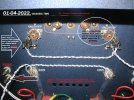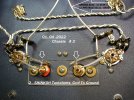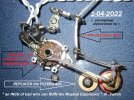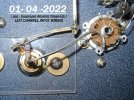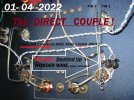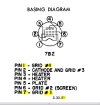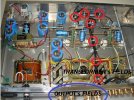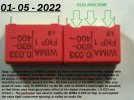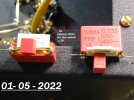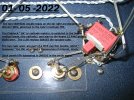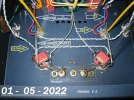1-1-2022 ................................ Wire Management of your own AUDIO SYSTEM......................................................
Several times in the last 14 months I have been on H.F.V., I have enthusiastically referred F.M.s to Mapleshade Audio's web page entitled " Wire Management ". Excellent advice there. Look it up and follow along as much as you can.
Sadly, the person behind Mapleshade, the capable and brilliant Pierre Sprey, died in late 2021. We do not therefore know, how long his web pages will be kept intact on line. Absorb it now !!
I just today found one additional web page, that mirrors my experiences - and makes MUCH sense to me. Pierre, R.I.P, was right on the money, in every way .
I would like to also share this wire information with the appropriate interested audio enthusiasts. Here it is :
Copy it and save these notes on your hard drive !!
I also want to show people the first 2022 audio purchase, I made - just one hour ago. It is 100% related to wire management !!
View attachment 65790View attachment 65792View attachment 65793
Just enough glass insulators ( 4 ) for the positive and negative polarities, not to ever touch each other, nor the floor or carpeting, ... and for both channels. A new, permanent DIY solution, .............is coming up !!
Jeff
PS : Ohh my goodness, Pierre nailed it ....... wonderful reinforcement .......... 9.52 feet in a speaker lead, and ALSO in an AC Power cable, sounded better to my audio mentor Dennis, than a single ( 4.76 feet ) Robert Fulton length !!!!!
Based on my records and the cables and interconnects that I still have, I know that 57.2" is the nominal reference length of the RCA-RCA interconnects that Fulton was selling, and that the speaker cables that he was selling were integral multiples of that nominal length. But I don't recall Fulton ever recommending 57.2" (equivalently 4.76') or its integral multiples as the best lengths for a power cord. So, I was wondering if you have a reference to anything that Fulton ever published which specifies a recommendation for the best/optimum lengths of a power cord.


